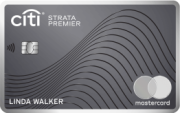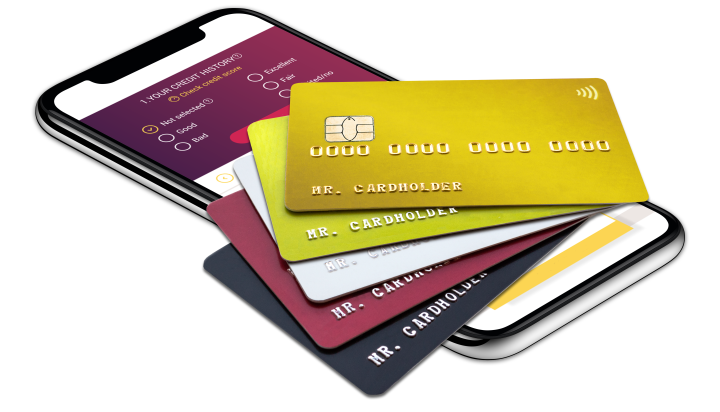The content is accurate at the time of publication and is subject to change.

When choosing between numerous credit card applications, we want to get the most of our new card. Even though there's no card that is right for everyone, many credit offers present some tempting features designed to entice you to submit your application online. Whether it's a large amount of complimentary bonus rewards points or zero interest rates for a certain period of time, you may be enticed to apply for the product that doesn't fit your individual needs. The question is, how to choose the card that is right for you? Read more about the terms and conditions you should look at when selecting the best credit card.
According to the law, all credit card applications must include the so-called Schumer box, the box that describes the most important terms and conditions of the card. Let's take a closer look at the basic terms and conditions you should take into consideration when selecting the best deal for you.
APR. The annual percentage rate or APR is one of the key terms you should pay close attention to. Basically, credit cards have different APRs for purchases, balance transfers and cash advances. If you want to transfer your high-interest balance on a new card, look for low introductory or ongoing interest rates on balance transfers. Introductory interest rates are also great, but when reviewing the card with a 0% APR, take the time to review its ongoing and default interest rates.
Default interest rates may be as high as 30%, so it's critically important to understand when these rates apply. For this, read the terms and conditions carefully to find all the necessary information about the card and its rates.
Fees. Credit card fees may vary from company to company. If your FICO is less than perfect, you should be extremely careful about the fees that may apply with this or that product. Pay close attention to setup fees, annual fees and late payment fees!
If you have good credit, you may wish to consider balance transfer fees or foreign exchange fees. Credit card transaction fees are typically determined as the percentage of the balance, purchase or cash withdrawal, but some companies may set caps on these fees.
Grace period. A grace period is the number of days you can pay your bill in full without triggering interest charges. Usually, you can take advantage of the grace period if you have paid your previous balance in full. By paying your balance in full within the grace period, you can avoid paying interest. If you plan not to carry a balance over time, you should take a closer look at the grace period offered by your issuer. One of the recent credit trends in the industry is to shrink grace periods, so be sure to choose the card that gives you a generous grace period.
Rewards Features. Today, many credit card applications come with some form of rewards. The most popular rewards programs are cash back, frequent travel and rewards points programs. When choosing the rewards card, you should consider the following factors. Even though the strong majority of rewards cards are designed for people with high scores, they may charge annual fees or higher interest rates. Some rewards programs may come with limitations and restrictions, like the maximum number of points or miles that can be earned per month or year. And, finally, be sure to choose the rewards card that gives high rebates on the purchases you always make. This way, you're sure to make the most of your card!





